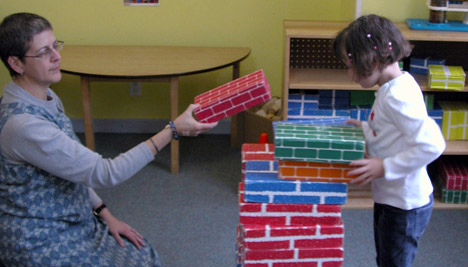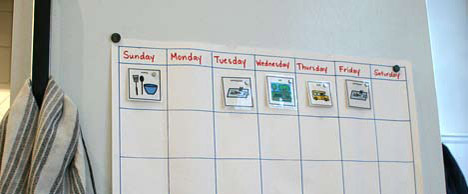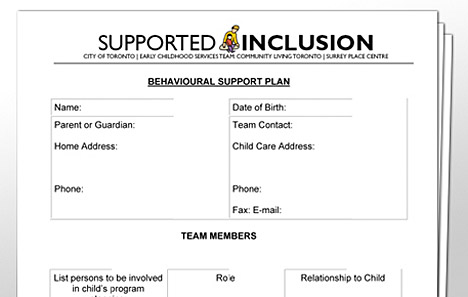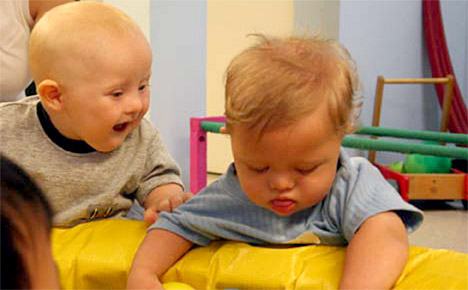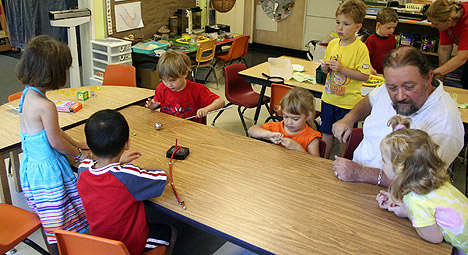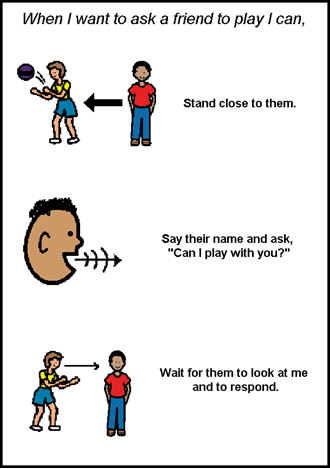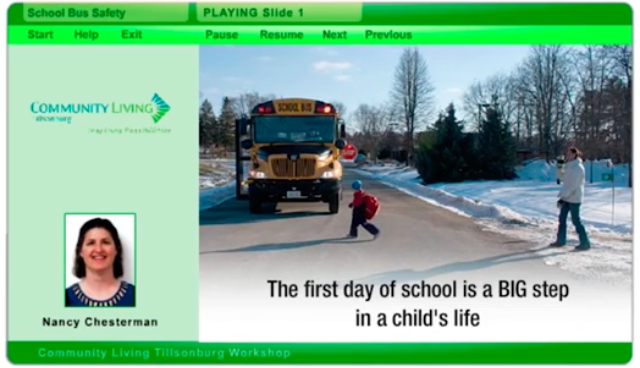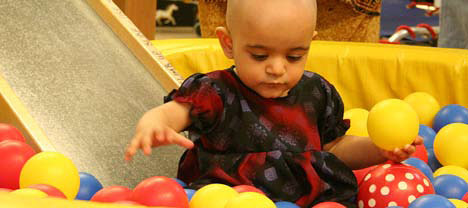
We have all heard stories about children who are “out of control” or “impossible to manage”. While describing a child in this way may explain how you may feel about his behaviour, it does not give us a clear picture. Let’s take a closer look at what behaviour is so we can understand it better and plan for change!
What is behaviour?
Behaviour is anything that a person says or does. It is any action that we can SEE or HEAR. Here are some examples of behaviour:
- Smiling
- Sleeping
- Throwing a ball
- Grinding your teeth
- Crying
- Whistling
- Scratching
- Swallowing
- Talking
Behaviour also has a “function” or purpose. It can be a way to meet our needs, or help us communicate. Sometimes, when a person can’t communicate, they rely on behaviour to take the place of speaking or communicating. A child may use behaviour as a way to let you know:
- “I’m trying to tell you something.”
- “Hey, how about some attention?”
- “I feel sick.”
- “It’s too loud in here.”
- “Leave me alone!”
- “I’m hungry.”
- “I’m tired.”
What is meant by problem behaviour?
Problem, or challenging behaviour can put the health and safety of a child, and those around him, at risk. It can also interfere with a child’s learning. Sometimes, behaviour is a problem because it happens far too much, or not enough. Problem behaviours may take many forms, such as:
- yelling, screaming, or shouting
- hitting, kicking, or punching
- running away
- constantly singing or vocalizing
- spitting or biting
- pinching oneself or others
- throwing things
- doing something too often, or not often enough, like looking in someone’s eyes, or sitting still
- ignoring people, pretending not to hear them
Why does he do that?
As mentioned above, all behaviour happens for a reason. As a parent, teacher or early childhood professional, it is important to better understand why your child is behaving or acting in a certain way and determine the function or purpose of the behaviour. Simply put, what does he “get” for behaving in this way?
The function of behaviour can be categorized as either to obtain (get) or avoid someone or something, objects, activities, attention, or sensory stimulation. Often, problem behaviour occurs because a child is unable to communicate or make his needs known in a way people around him can understand.
Here are some examples:
- Avoid a disliked objectKevin doesn’t like to eat macaroni and cheese. Every time he has it for lunch, he bangs the table with his fists.
- Avoid an unpleasant activityFaiza doesn’t like going to the dentist. When it is time for her appointment, she starts to scratch herself.
- Get away from a certain person or groupChristian gets very anxious when his friends try to give him a hug. When they get too close, he screams and shouts.
- To get a desired objectChantal wants to play with a toy that is on the top shelf. She can’t reach it, so she begins to scream very loudly.
- Participate in an enjoyable activityMarcus wants to play in the sandbox, but there is not enough room. He starts pinching the other children in the sandbox.
- Get attention from a certain person or groupTamara wants to play with her cousin Sarah. Tamara slaps Sarah on the back to get her attention.
In some situations, a child might behave in a challenging way in order to make himself more comfortable. Some children can be very sensitive to the sounds, smells, sights, or textures around them. They may look for specific ways to experience (gain access to) sensations they enjoy, or avoid sensations they dislike. It may be more difficult to figure out behaviour that serves the purpose of trying to obtain or avoid sensory stimulation.
For example:
- Avoid or escape sensory stimulationBasit does not like the scratchy feeling on his head from his winter hat. He consistently removes his hat and throws it away.
- To get or obtain sensory stimulationTania likes the feeling of soft and silky objects. She often touches or caresses other children’s hair.
Keep in mind this is a brief description of the basic principles in understanding behaviours and their function or purpose, but dealing with, or managing problem behaviour requires much more.
If your child’s behaviour is difficult to understand or control, and frequently puts the safety of themselves and others around them at risk, talk to a professional about your concerns.

